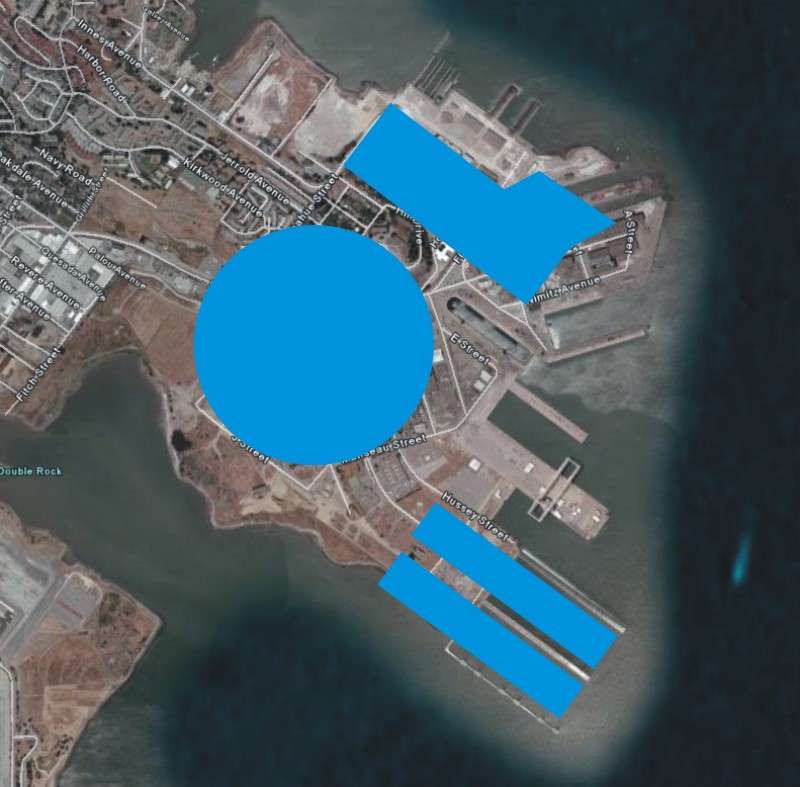Meaning the thing has to be supported.
Supported by a structure.
Supported by a stucture that has to withstand the weights and forces we're dealing with here.
Sure, but those weights and forces aren't particularly large relative to their technology. We build aircraft carriers in drydocks right now, and maneuver subcomponents weighing up to 800 tons around in Earth gravity. Moving stuff around isn't any easier in zero-G, of course: inertia is still there. If anything, moving stuff is harder unless you have a really massive space station, since otherwise you've got an action-reaction problem.
Of course, you can move stuff around with tractor beams and get around this problem (assuming tractor beams are reactionless). But tractor beams would work on the planet too.
The parts of the ship also have to be strong enough to support the various components against gravity and even if we accept a "SIF" in place THAT has to be perfect because if it would fail the ship would collapse and crush itself under its own weight.
Then the ship's structure is that strong. QED. Not surprising, since it's a nonissue with Voyager.
In space you don't need to battle gravity or the weight of objects and you're not restricted by the limiting concept of "up" and "down."
I'm not saying there's no benefit. But planets have that handy atmosphere, and a lot of mass to anchor your construction materials to.






